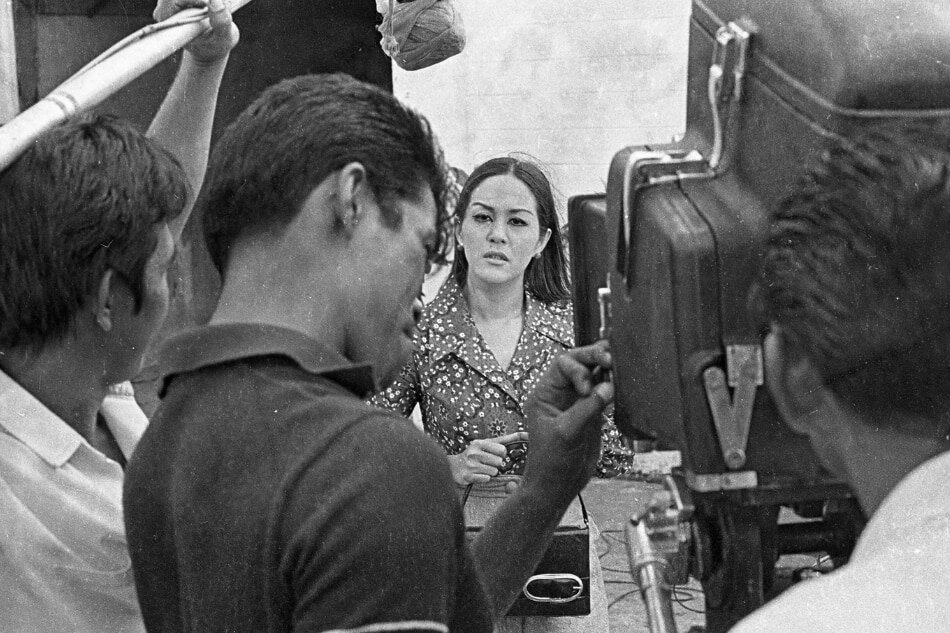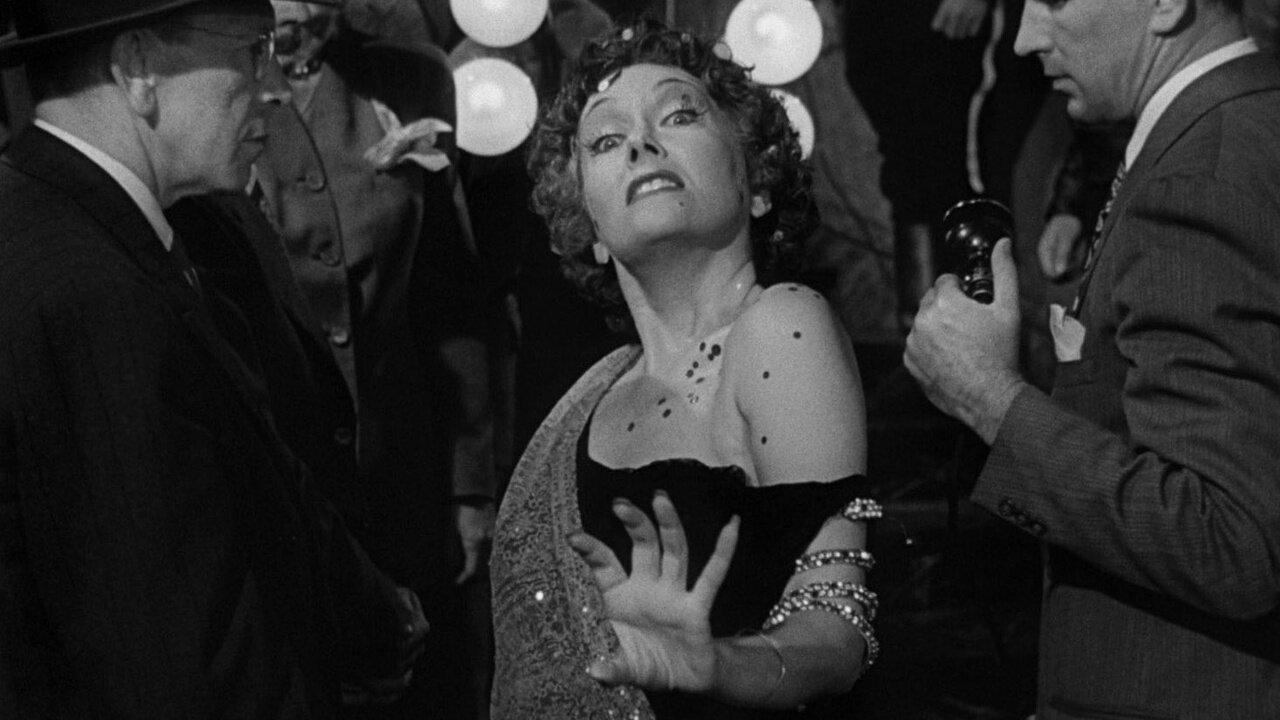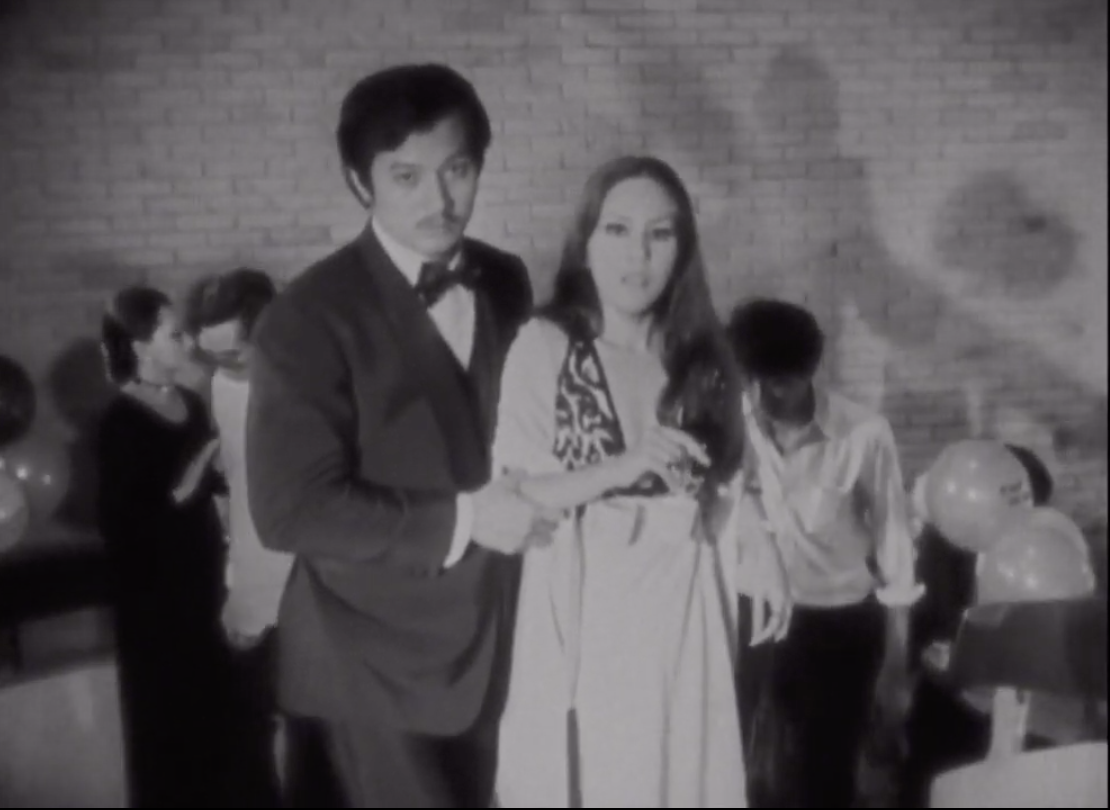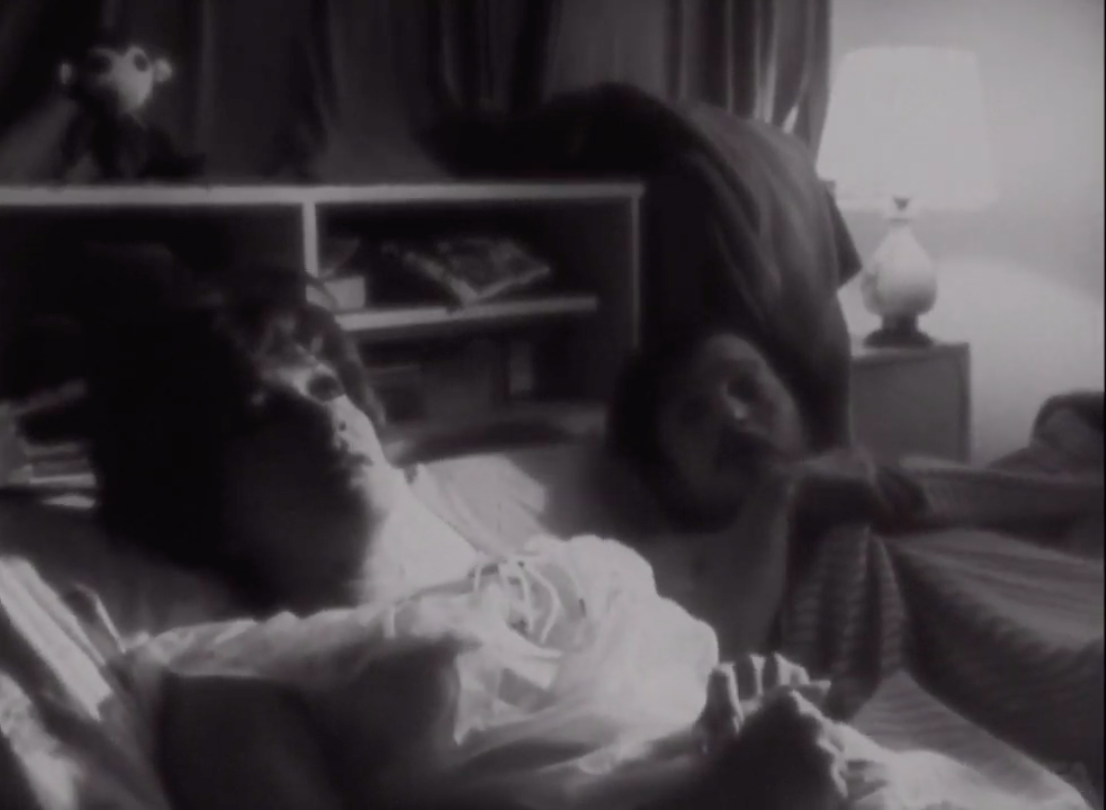‘Pagdating sa Dulo’ Review: A star is born
By Chantal Ramos

This review contains spoilers for Pagdating sa Dulo.
The opening scene says it all: Rita Gomez raises her chin onstage, wearing what looks like a baptismal dress, paired with a smirk that looks anything but virginal, before she struts down the bar and strips. One garment after the other. It’s a brilliant appetizer for what’s to come: a ruthless shedding not only of clothes, but of everything from the glossy veneer of show business to director Ishmael Bernal’s own skin. Pagdating sa Dulo is Bernal’s 1971 directorial debut, and it’s just as self-assured and uncompromising as the rest of his films would later turn out to be.

The film follows Chin (Rita Gomez), an ambitious taxi dancer, as she climbs her way from movie extra to up-and-coming sex symbol. Her beau is taxi driver Pinggoy (Vic Vargas), a married man who spends his weekdays living with her in a cramped apartment. Though Chin is the first to be plucked from obscurity by a serious director (Eddie Garcia), Pinggoy soon launches his own career as a softcore porn star with the help of a gay benefactor, who trades success for sex. As Chin and Pinggoy attempt to carve out names for themselves, the industry quickly reduces them into shells of who they used to be.
It’s a brash move for Bernal to enter show business insulting it, but it works. There’s a potency about Pagdating sa Dulo because of how relentless and frank it is. Bernal orchestrates his critique by explicitly describing the hurdles the twin protagonists encounter: from the director’s struggle to make serious art when Chin stars in her first feature to glorified child prostitution when Pinggoy has to do a love scene with an unwilling teenager. These scenes are punctuated by Bernal’s lingering camera, a tendency he would carry over to Manila by Night and Broken Marriage. When Chin and Pinggoy briefly go off-screen, Bernal captures the habits and conversations of those within their vicinity, little details that allow the audience to feel the texture, the reality of the film’s world.
Already, these reveal some of what would become his auteurial preoccupations: his fascination with social realism, the geography of everyday faces, the interrogation of urban hedonism. More interestingly, though, he already seems fascinated with women’s struggles. The wife of the Eddie Garcia character, as well as the wife of Pinggoy, break free from the two-dimensional martyr wife archetype by occasionally revealing moments of cattiness and resolve.

Although it was fresh for Filipino cinema, it would be wrong to say that Pagdating sa Dulo was the first of its kind. There are bound to be comparisons between this film and Billy Wilder’s Sunset Boulevard, its spiritual predecessor in terms of subject matter and melodramatic intensity. Rita Gomez even borrows Wilder’s Norma Desmond, channeling her into Chin with Theda Bara-like eyeliner and flaring hands.
Unlike Sunset Boulevard, however, Pagdating sa Dulo holds no nostalgia for the glory days of has-beens. For Bernal, the industry was never innocent or clean; for as long as filmmaking could turn out a profit, the rot has always been there, and it seeps into the actors and the crew and the bigwigs and the audience, even when a star is just beginning to glimmer. Certainly, there are well-meaning people working within that system who care about the value of movies beyond profit. There’s the Eddie Garcia character, a mouthpiece for Ishmael Bernal’s filmmaking philosophy, who asserts during a conversation with Chin,
Ang mga pelikula— kailangang may sinasabing totoo tungkol sa buhay, tungkol sa mga tao. Kapag ang isang pelikula ay hindi nagpapakita ng katotohanan, huwag nalang gumawa ng pelikula. Sayang lang ang pera, sayang lang ang oras.
[A movie has to say something true about life, about people. Don’t bother making a film if none of it is going to be truthful. You’re only wasting your time and money.]
But his saint-among-sinners attitude doesn’t do him any good, leading only to the downfall of his career as a director.

Nowhere is this cynicism more explicit than in the final scene, which is a complete reversal of Sunset Boulevard. Where Norma Desmond descends a flight of stairs, Chin and Pinggoy ascend. Once they’ve reached the top (or in Tagalog: pagdating sa dulo), they freeze, before the camera spins around to reveal their clamoring fans, hands outstretched between the bars of a door like saliva-slick fangs. Then an abrupt cut. Bernal’s audience is left with a reflection of themselves on screen, no less monstrous than his characters.
The movie even works as a critique of the political climate at the time. If the movie industry is a monster, the film seems to suggest that there’s a greater monster out there that forces people to walk right into the industry’s mouth. After all, neither Chin nor Pinggoy enter show business for fun. Right from the film’s first piece of dialogue (Chin stumbles home after her striptease, collapsing on her bed and murmuring,
Sawang sawa na ako sa buhay na ‘to.
[I’m sick and tired of this life.]
it’s pretty clear that they’re only exploiting themselves out of desperation to improve their economic circumstances.

Cutting and critical, this film is undoubtedly a worthy classic in Ishmael Bernal’s oeuvre. However, it isn’t, by any means, perfect. It does feel didactic at times, where characters spout their motivations in not-so-subtle monologues. To be fair, it should be expected that Ishmael Bernal would let his first directorial feature act as the thesis statement of his career written in big, bold letters, but it does add to the feeling that perhaps the film is too long and too on-the-nose. But even those seem minor trifles, considering that the subsequent Marcos-era censorship laws would soon force some subtlety into him.
All in all, Pagdating sa Dulo is a fantastic star-is-born story, only this time three stars are born: two in front of the camera and one behind it. Fearless as ever, Ishmael Bernal rips apart the past to make way for the new (more specifically, for him), coming up with a debut feature whose audacity still surprises half a century later.
The restored version of Pagdating sa Dulo is now available on FDCP Channel.
Originally published on: https://www.sinegang.
For more movie reviews, visit https://www.sinegang.ph/filmreviews

